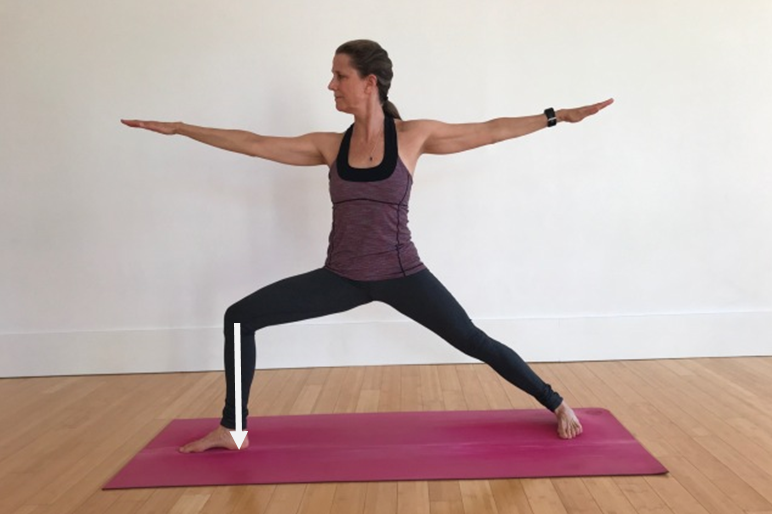We think we know the nature of our minds, but by reading through this first chapter of the Yoga Sutras, it is clear to me that unless we understand how the mind works, we are at its mercy.
My foray into the Yoga Sutras has been very enlightening. I see this text as the origin of a lot of the tidbits of information I know about yoga; things that I say and often believe in, but never knew exactly where this knowledge came from. It is interesting to see where I am on the path of yoga and validating to see how far I have come. It is also humbling to see the stumbling blocks that these threads so clearly expose!
This part of the Sutras is a continuation of the practices to help you develop a tranquil mind. In summary these practices include:
1.33 Being pleased with others who are happier than ourselves, compassionate toward those who are unhappy, joyful with those who are doing praiseworthy things and undisturbed by the errors of others. This is one of those simple but not easy practices! Some of the rest of these practices are things that you actually have to do, like meditate or practice pranayama. But all you have to do to practice this sutra is to live your life and be out in the world among others. Can you be happy for those who got their power back before you did after the snowstorm last week? Or maybe even be really happy for those who never lost power in the first place? Maybe you notice how irate you get at another driver who is doing something “wrong”. Or, there is the German word schadenfreude which means to derive pleasure from someone else’s pain. All of these things cause our minds to lose their tranquility.
1.34 Pranayama or regulation of the breath. The breath is the greatest indicator of the state of the mind. It is connected to both the sympathetic and the parasympathetic nervous system. This means that your breath is both part of your conscious and unconscious mind. By focusing on the breath you can relax your mind and by noticing the breath, you have a reliable witness to your state of mind.
1.35 By truly being present with whatever experience you are having, focusing on your senses and your direct experience. In other words, don’t multi-task. Try being present the whole time while peeling an eating an orange. In his book, Into the Magic Shop, author and neurosurgeon James Doty writes that we are not present and lose our attention on average 6 times a minute!
1.36 By meditating on the creative expression of peace/God/love/light/oneness within you. This is the practice of connecting to something higher than yourself and seeing our inter-connectedness as a whole.
1.37 By contemplating enlightened sages who have walked this path before us, or by simply emulating a person you respect and admire.
1.38 By paying attention to your dreams. Dreaming is another state of consciousness and it is possible to harness the power of your dreams. Practitioners of lucid dreaming say that you can use this technique as a tool for problem solving, self-healing, and personal growth.
1.39 By meditating deeply on one thing, it is possible to extrapolate about other things. Here Patanjali gives us permission to study and meditate on any object of our choosing, One of my yoga students once told me that a teacher told him that he was meditating wrong. While he may have been meditating in a different way from that teacher's lineage, I don't believe that, if you are meditating, you can be doing it incorrectly. Patanjali also counsels us to stick with whatever method of meditation we have chosen and not waste time by trying many different things. This is the concept of digging one 100 foot deep hole rather than digging one hundred 1 foot deep holes. This sutra relates to the concept of mastery being the equivalent of putting in 10,000 hours of work and study. It also counsels us to practice restraint by being aware of the arrogance that can come along with the great gift of knowledge and practice. This means that just because we can perform advanced asana or we don't eat certain things, that we should not hold that out as our being superior over others.









